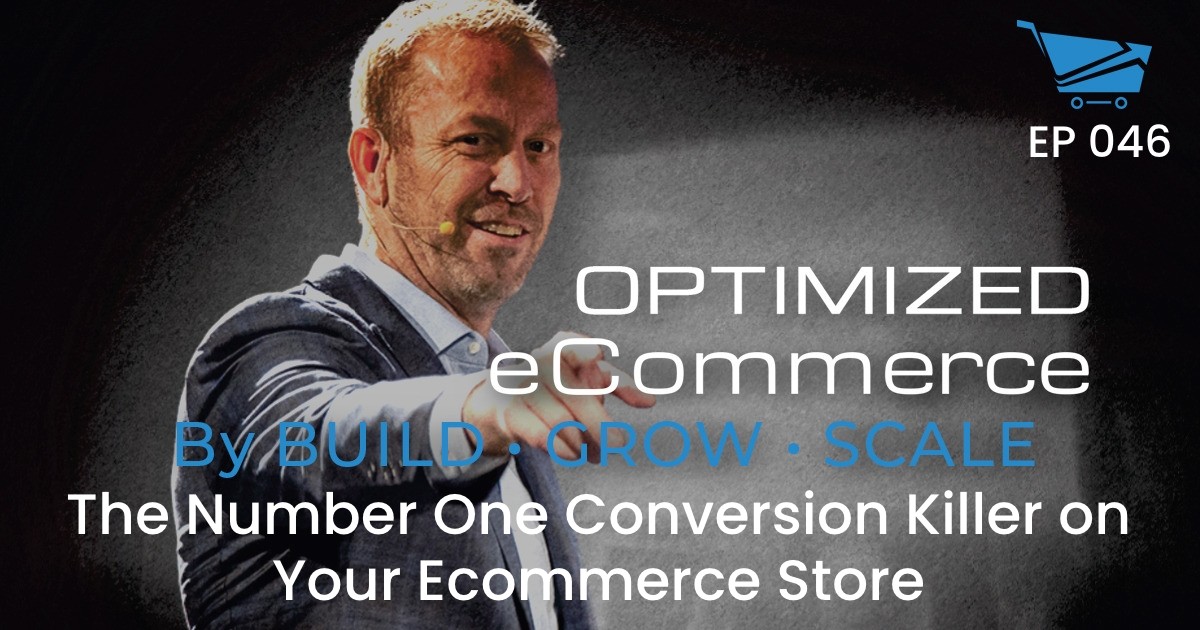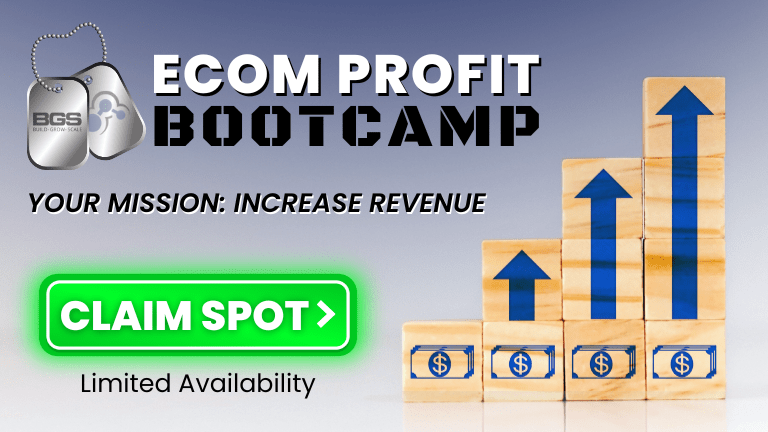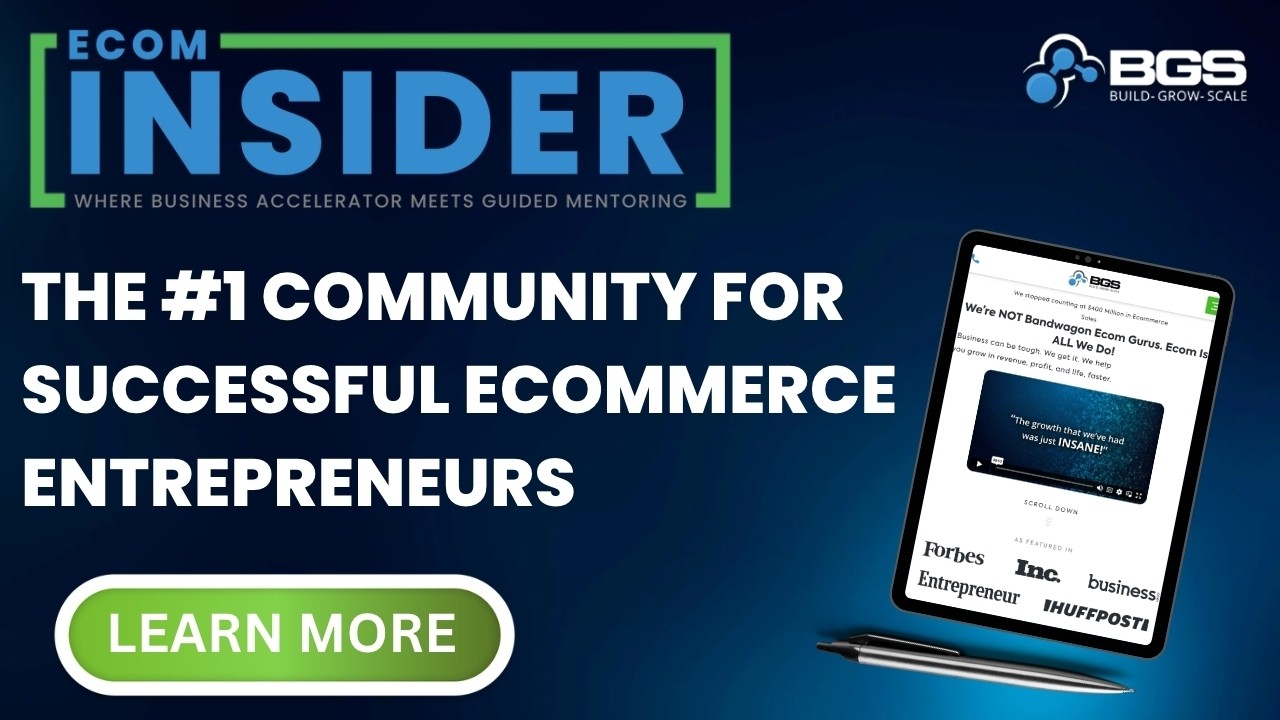Optimized Ecommerce EP 046 – The Number One Conversion Killer on Your Ecommerce Store

Welcome to Episode 046 of Optimized Ecommerce – The Number One Conversion Killer on Your Ecommerce Store. I’m your host, Tanner Larsson, CEO of BGS.
BGS means Build Grow Scale! It is a community that we founded where eCommerce entrepreneurs and physical product sellers come to learn how to take their businesses to the next level.
Bret Thomson is one of the best Ecommerce copywriters at BGS. He currently lives down under, in Australia, and has been with the BGS team for over four years now. He is a major asset to our amplified clients and to our ecom insider members. Bret literally eats, sleeps, and breathes not only copy but the Ecom Insider family. That is his world and he just loves it.
If you get on the phone to join the Ecom Insider, you will wind up talking to Bret because he’s the gatekeeper. He loves to vet people and make sure we don’t have any bad apples that ever popped into BGS. We couldn’t ask for a better brother in that regard. He just nurtures that group and takes care of it so well.
Here’s just a taste of what we talked about today:
Bret discussed the number one conversion killer on most ecom stores
Bret learned some of the copywriting strategies from marketing legend, Dan Kennedy. He asks in one of his reports,”When it comes to copywriting, what’s the number one biggest obstacle that a copywriter has to face to get a conversion chart?”
And the answer is readability.
Businesses can have the best copywriter in the world. But if the copy looks like a dog’s breakfast, then it’s not going to get read. When it comes to increasing readability, there are two sides to it. There’s bad readability that causes instant sales friction, and there’s layout friction and copy guarded friction.
A simple yet powerful copywriting technique to keep in mind, “The more they read, the more they buy”.
The more you tell, the more you sell.
Then, we dove in detail about mistakes that people often do when it comes to readability
One of the most common mistakes when it comes to copy is when people would run through a text all the way to the left or right margin. And having long sentences all the way from one mode to the other. When people see these kinds of text they instantly feel that it’s hard work or the store is broken or there’s a glitch.
These kinds of copy mistakes decrease the store’s trust and believability. People would feel that they are stepping on the wrong foot right out of the gate.
Another common mistake is having those big and chunky walls of text. This kind of text does not encourage people to read even the first letter of the first word.
We also discussed a few other fun topics, including:
- Layout friction points that decrease readability.
- How to improve your copy for readability.
- Ways to create a conversational copy.
- The importance of understanding the wants, desires, and needs of your market..
…and more! But you’ll have to watch or listen to the episode to hear about those!
How To Stay Connected With Bret Thomson
Want to stay connected with Bret? Please check out their social profiles below.
- Facebook Profile: Facebook.com/bret.thomson.9
Resources
Also, Bret mentioned the following items on the show. You can find that on:




